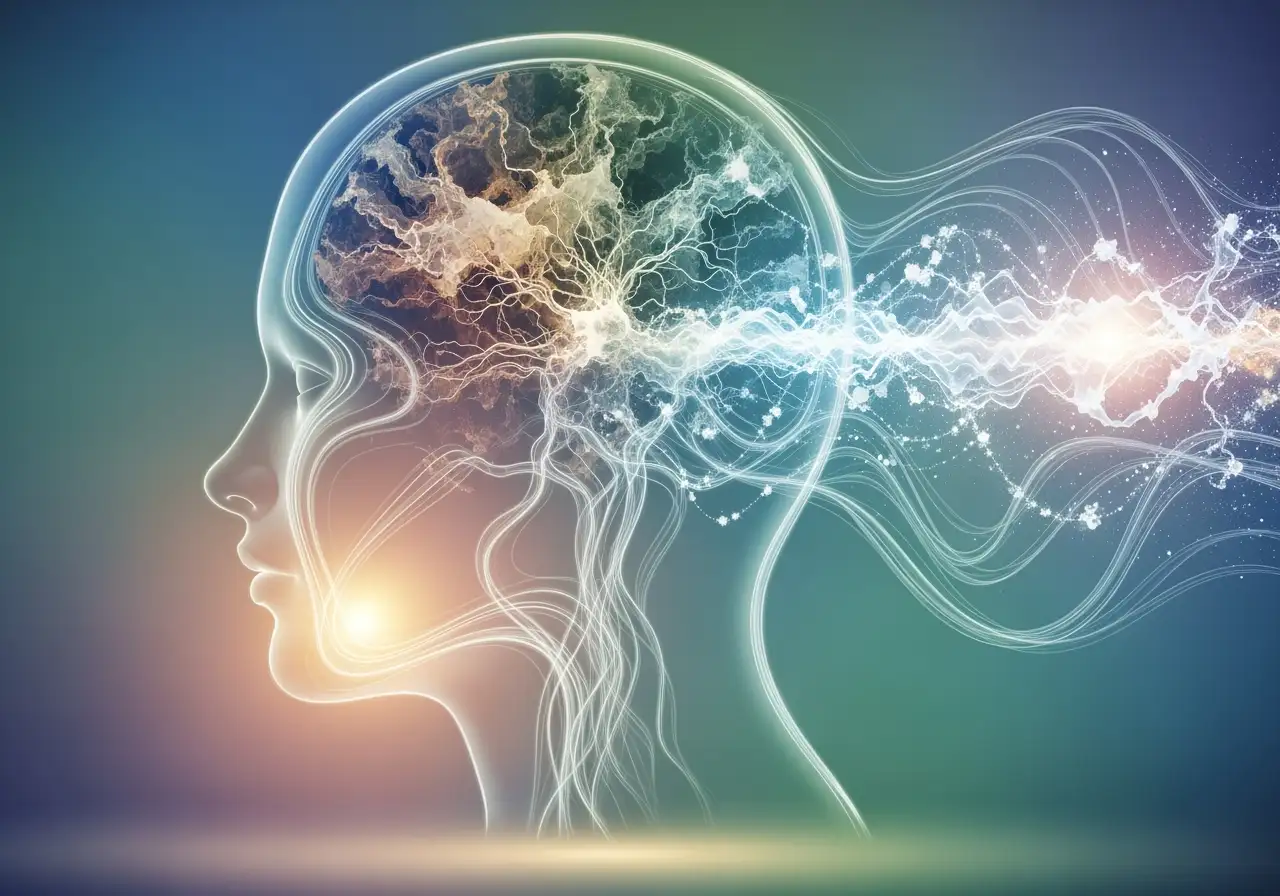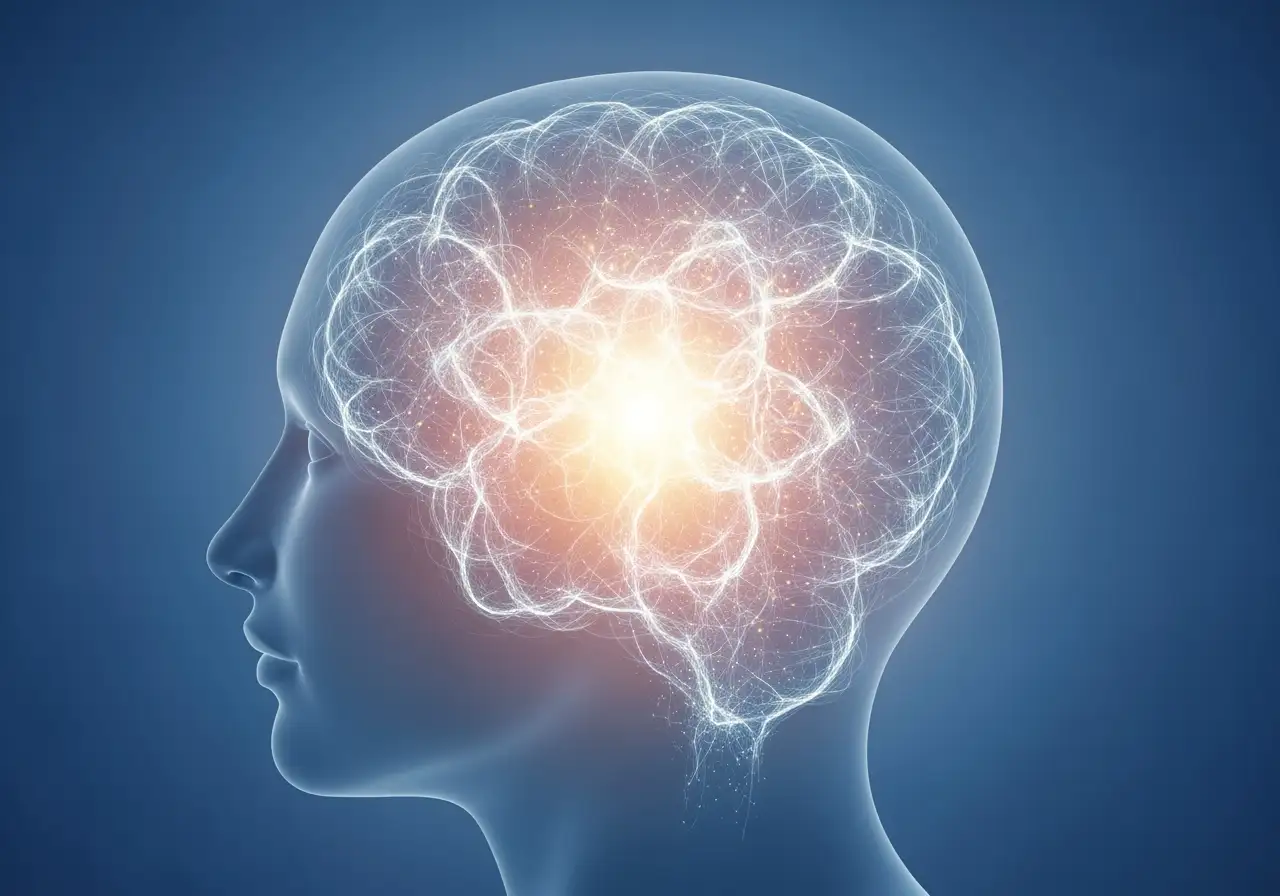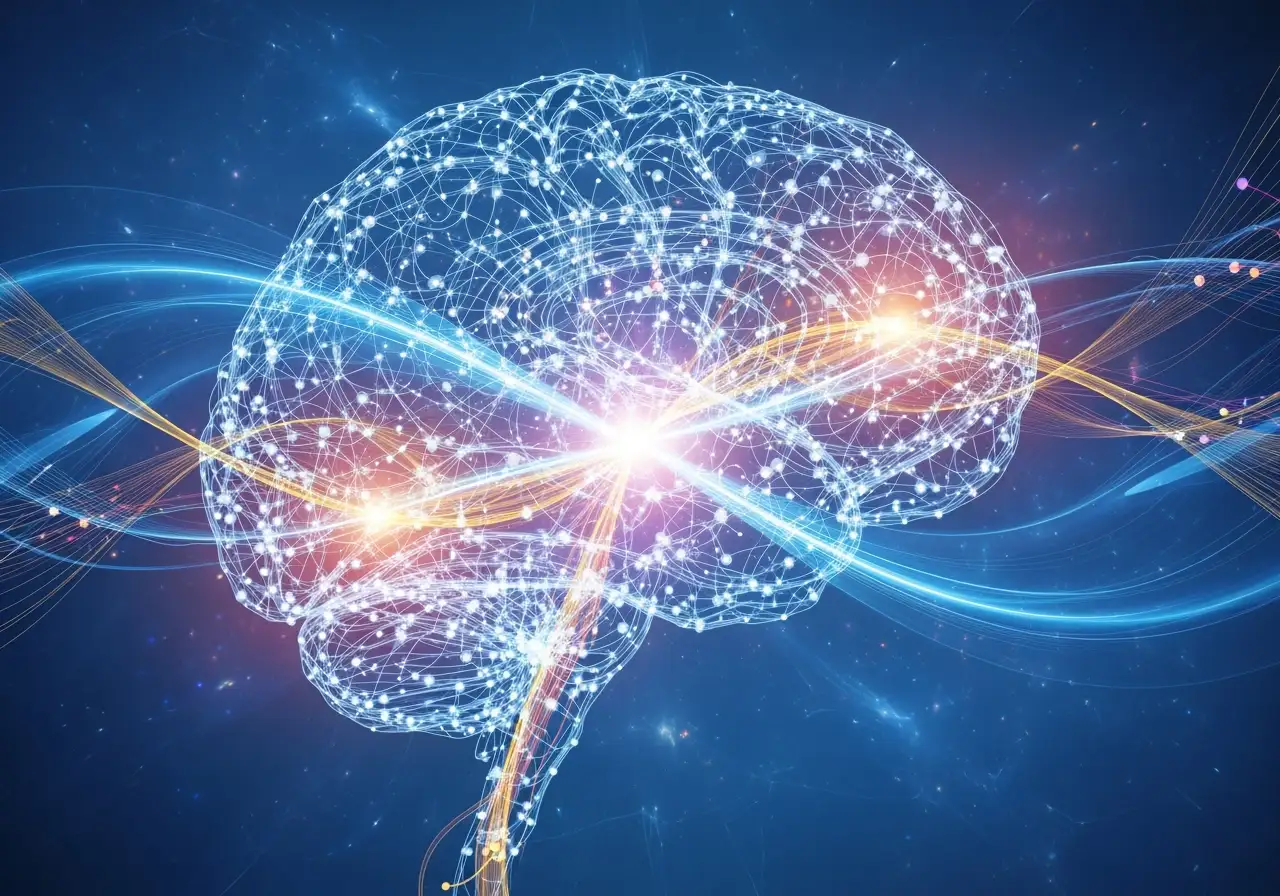Neuroplasticity: The Quantum Key to Mindful Transformation
Neuroplasticity: The Quantum Key to Mindful Transformation
Have you ever wondered if you are truly stuck with your automatic reactions? That ingrained habit of snapping when stressed, the relentless loop of self-doubt, or the urge to procrastinate just when deadlines loom? Many of us believe these patterns are fixed, a part of who we are. But what if we told you that your brain possesses an incredible, innate superpower that can literally rewire these responses, allowing you to choose a different path? This power is called neuroplasticity, and it is the scientific bedrock of truly transformative mindfulness.
Neuroplasticity, in simple terms, is your brain’s astonishing ability to reorganize itself throughout life. It is not a rigid, static organ; instead, it is constantly adapting, forming new connections, and strengthening or weakening existing ones in response to your experiences, thoughts, and actions. Think of your brain like a vast, dynamic network of roads. Every time you think, feel, or act in a certain way, you are essentially driving down a particular road, making it smoother and more easily traveled. Old, unhelpful habits are like deeply rutted dirt tracks – your brain defaults to them because they are the path of least resistance.
So, how does this relate to mindfulness? Traditional classical mindfulness often focuses on cultivating general calm and awareness through non-reactive observation. While invaluable for developing passive mastery and a witness consciousness, the Quantum Mindfulness framework takes this a significant step further. It leverages neuroplasticity to intentionally reshape your internal landscape by engaging with the psychodynamic wave collapse. Our minds are not passive recipients of reality; instead, they are active co-creators, constantly resolving a probabilistic mental state into an actualized experience. This fundamental observer-participant dynamic is where the true power of transformation lies.
Each moment of perception, which we denote as an Observation, initiates a cascade of psychodynamic processes. This Observation, influenced by both raw perceptual imprints and assigned meaning, informs a cognitive appraisal. This appraisal, in turn, contributes to the dimensional activation of your ten psychodynamic dimensions. These dimensions are the fundamental energetic substrates from which all cognitions, emotions, and motivations emerge. For instance, the Psycho-Volitional Dimension (Pd1) embodies pure potentiality and primal will, capable of dissolving perceived limitations. The Psycho-Meditative Dimension (Pd3) is the locus of intentional collapse, enabling structured understanding, while the Psycho-Aesthetic Dimension (Pd6) works to harmonize the interplay of these forces, fostering a psychodynamic harmonic alignment.
When you engage in Quantum Mindfulness practices like conscious attention, you are directly influencing this process. Each time you notice your mind wandering and gently, but firmly, bring it back to your anchor, you are strengthening the neural pathways associated with focused attention and self-regulation. More profoundly, when you learn to observe an automatic reaction – say, a surge of irritation – and then consciously choose to disengage from its pull and re-route your attention to a calm anchor, you are literally creating new, healthier pathways. You are weakening the old, habitual “irritation” route and building a new “conscious choice” highway. This is not just a metaphor; studies in neuroscience show that such practices lead to measurable changes in brain structure and function, including increased grey matter in areas related to attention, emotional regulation, and self-awareness.
This process of intentional collapse is not merely about managing symptoms; it is about cultivating cognitive agency. By understanding the dynamic and interconnected network of your psychodynamic dimensions, you gain structural awareness into how your mental states are formed. Through practices like active reframing process and ontological restructuring, you learn to consciously influence the dimensional activation, shifting from unconscious reactive collapse to deliberate, volitional choices. This is the essence of the Mind Controls Brain Principle, where your conscious will, originating from the Psycho-Volitional Dimension, governs cognitive processes and shapes your experienced reality.
The Quantum Mindfulness framework also emphasizes the concept that practice becomes belief, a core mechanism within belief formation. This means that repeated overall mental states, particularly those driven by strong activations within the secondary modality (Pd4-Pd10), can durably alter underlying trait variables. For example, consistently choosing compassion (Psycho-Empathic Dimension, Pd4) over fear (Psycho-Protective Dimension, Pd5) can literally reshape your deeper personality traits over time, making compassionate responses more automatic and effortless. This profound level of change is where neuroplasticity truly shines, offering the promise of lasting personal evolution.
This is not about suppressing emotions or forcing a positive outlook. It is about cultivating the mental strength to create a “micro-pause” between a trigger and your habitual reaction. In that fractional moment of conscious awareness, your neuroplastic brain offers you a vital choice: to default to the old, unhelpful pattern, or to consciously step onto a new, more empowering path. This ability to “re-sculpt” your brain means you are no longer a passive recipient of your internal states; you become an active architect of your mind, guiding the psychodynamic wave collapse towards desired outcomes and experiencing true perceptual freedom.
Imagine the freedom that comes with knowing you can actively reshape your responses to life’s challenges. How might understanding and harnessing your brain’s incredible neuroplasticity fundamentally change your approach to stress, relationships, or even personal goals in your daily life? Quantum Mindfulness provides the map and the tools to embark on this profound journey of self-mastery and conscious creation.






